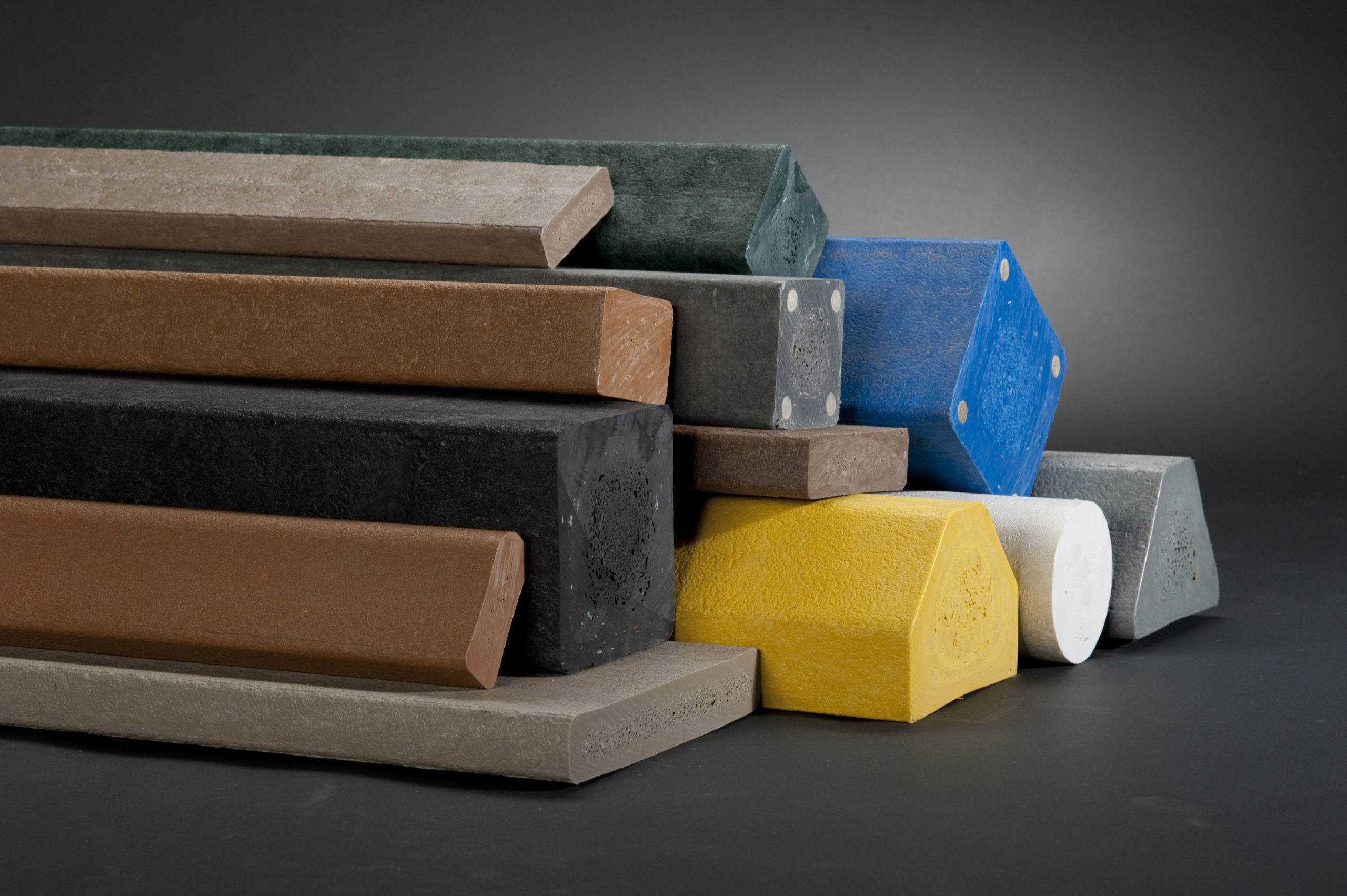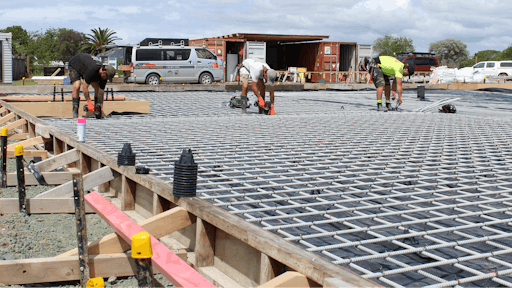Cutting-edge Composites in Modern Building Projects
Opening the Environmental Advantages of Recycled Compounds in Building and Design
In the world of building and design, the use of recycled composites holds significant pledge for enhancing sustainability practices and lowering ecological impact. The shift in the direction of a more lasting future in these sectors pivots on opening the complete possibility of recycled compounds.

Environmental Impact Decrease
The decrease of environmental impact with the use of recycled composites in building and construction and style plays a critical duty in lasting practices. By integrating recycled compounds right into building products, the building sector can significantly lower its carbon impact and contribute to an extra environment-friendly future. These sustainable products, made from repurposed plastics, timber fibers, or other recycled components, provide a sensible choice to standard construction products without compromising on top quality or toughness.
Recycled compounds aid divert waste from landfills and decrease the requirement for drawing out raw materials, therefore saving natural resources. Furthermore, the manufacturing procedure of these composites typically consumes less power and sends out less greenhouse gases contrasted to creating virgin materials (composites). This change in the direction of making use of recycled composites not only minimizes environmental injury yet additionally advertises a round economic climate by encouraging the reuse of materials that would certainly or else be thrown out
Waste Minimization
With a concentrate on lessening waste in building and style, the assimilation of recycled compounds supplies a lasting service to minimize environmental influence. Waste minimization is a vital facet of lasting techniques, and making use of recycled compounds offers an opportunity to achieve this goal successfully. By utilizing products that have currently offered their initial function, such as recycled plastics or redeemed wood fibers, the construction and layout sectors can substantially minimize the quantity of waste produced and sent out to land fills.
Recycled composites have the potential to draw away significant quantities of waste from traditional disposal techniques, contributing to a much more round economic climate where resources are made use of successfully. Additionally, the production procedure of recycled compounds usually takes in much less energy and generates fewer exhausts contrasted to virgin materials, additionally decreasing the environmental impact of construction and design projects.
Executing waste reduction strategies through the consolidation of recycled compounds not only assists in saving all-natural resources however additionally promotes a much more sustainable strategy to structure and creating for a greener future.
Power Preservation
Incorporating recycled composites not just decreases waste in building and construction and style but additionally plays an important duty in boosting power conservation methods within the industry. Using recycled composites in building and construction can considerably add to energy conservation with numerous means. To start with, the production of virgin products normally requires considerable power inputs, whereas making use of recycled composites takes in less power, thereby reducing total power usage. In addition, including recycled compounds can add to far better insulation buildings in buildings, lowering the requirement for too much home heating or air conditioning, and consequently reducing energy usage for climate control. In addition, the lightweight nature of many recycled composites can bring about lighter structures, needing less power for transport and installation. By advertising using recycled composites in building and design, the market can make considerable strides in the direction of achieving power performance and lowering its carbon footprint, ultimately contributing to an extra lasting developed environment.
Carbon Footprint Decrease
Enhancing sustainability practices with a fantastic read the usage of recycled composites in construction and style significantly reduces the carbon footprint of the industry. By including recycled materials into the manufacturing of composites, the demand for virgin resources decreases, causing lower power usage and greenhouse gas discharges connected with traditional manufacturing procedures. This reduction in carbon impact is critical in combating environment adjustment and promoting a much more eco-friendly strategy to construction and layout.
Additionally, making use of recycled composites likewise helps in drawing away waste from garbage dumps, therefore minimizing the environmental influence of disposal and advertising a round economic situation. The carbon impact reduction accomplished through the adoption of recycled compounds straightens with the international push towards sustainable practices and the decrease of industrial emissions. It showcases a dedication to responsible resource monitoring and a change towards greener alternatives in the building and layout fields. Inevitably, by focusing on the assimilation of recycled composites, the industry can make significant strides in decreasing its carbon footprint and adding to a much more sustainable future.
Lasting Future
The assimilation of recycled composites in building and construction and design not just addresses instant environmental worries however also lays a solid foundation for a lasting future in the market. By integrating recycled compounds into building products and items, the building and construction and layout fields can substantially reduce their reliance on virgin resources, leading to an extra round economic situation. This change towards sustainability is important for alleviating the environmental influence of traditional building techniques, which typically result in high degrees of waste generation and source depletion.

Verdict
In verdict, recycled composites supply substantial environmental benefits in building and design by minimizing ecological effect, lessening waste, conserving energy, lowering carbon impact, and promoting a lasting future. Welcoming using recycled compounds can add to a more environmentally-friendly approach to structure and design, ultimately leading to an extra sustainable and greener future for all.
The reduction of environmental effect with the usage of recycled composites in building and style plays a crucial function in lasting techniques.With a focus on decreasing waste in building and construction and style, the combination of recycled composites supplies a lasting solution to decrease ecological influence. By promoting the usage of recycled compounds in building and style, the industry can make significant strides in the direction of accomplishing energy performance and decreasing its carbon impact, inevitably adding to a more lasting built environment.
